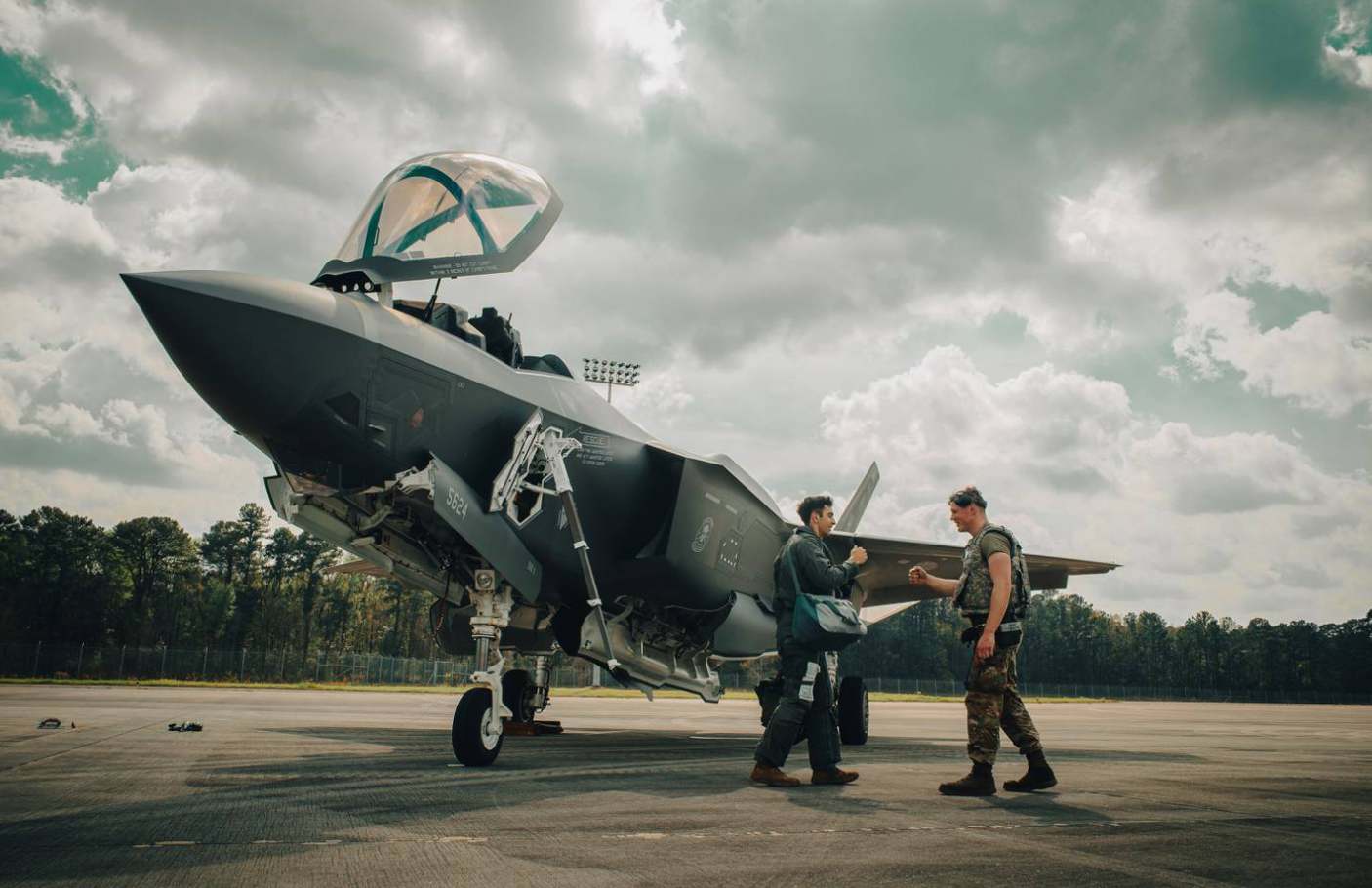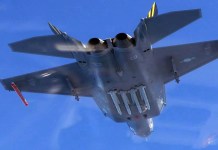The US Air Force Secretary Frank Kendall announced on May 22 that the Air Force is determined to prevent the errors that plagued previous programs, such as the F-35, as it commences work to develop the Next Generation Air Dominance (NGAD) fighter.
During a roundtable hosted by the Defense Writers Group, Kendall informed reporters that a crucial aspect of the Air Force’s strategy is guaranteeing unrestricted access to the necessary sustainment data from the contractor responsible for constructing the Next Generation Air Dominance platform.
Kendall expressed a firm commitment to avoiding repeating past mistakes made in the F-35 program. Specifically, the service aims to avoid the failure to acquire rights to all the sustainment data of the fighter from contractor Lockheed Martin.
The USAF Secretary explained that when the F-35 program was initiated over two decades ago, it embraced an acquisition philosophy called Total System Performance.
This approach allowed the contractor who won the program to retain ownership throughout its entire lifecycle.
However, Kendall indicated that the Air Force now recognizes the drawbacks of this approach and aims to adopt a different strategy for the new sixth-generation fighter. The Total System Performance resulted in the creation of a perpetual monopoly, Kendall added.
He also acknowledged the challenges of overcoming acquisition malpractice during the F-35 program. He stressed that the service would not repeat those mistakes with the Next Generation Air Dominance (NGAD) project.
In addition, Kendall identified excessive concurrency as a significant issue that impeded the F-35 program’s progress. Excessive concurrency refers to an aircraft’s simultaneous development and procurement, making it more challenging to address problems identified during testing.
The USAF Secretary confirmed that there would be some concurrency in the Next Generation Air Dominance (NGAD) and the B-21 Raider stealth bomber program.
However, he noted that the Air Force intends to approach this concurrency rationally to minimize excessive risk.
Kendall expressed his desire for the government to have greater control over the NGAD program than the F-35. This includes ensuring access to necessary intellectual property and implementing modular open system design, enabling the Air Force to introduce new suppliers and upgrade system components as needed.

Air Force To Select Only One NGAD Design
Kendall also revealed that, after years of prototype work on different designs by multiple companies, only one company will be chosen in 2024 as the overall designer and developer of the Next Generation Air Dominance (NGAD) crewed fighter.
Given the anticipated high costs of the Next Generation Air Dominance (NGAD) program, Secretary Kendall stated that it would be financially unfeasible for the Air Force to collaborate with multiple contractors.
Kendall previously informed lawmakers in April 2022 that he expected each aircraft to cost hundreds of millions of dollars.
As a result, the Air Force will focus on working with a single contractor for the NGAD program to ensure affordability and effective management of resources. “We’re not going to do two NGADs. We’re only going to do one,” Kendall said.
Kendall further explained that the initial concept of rapidly iterating Next Generation Air Dominance (NGAD) platforms through regular competitions, as former Air Force acquisition executive Will Roper advocated, has been abandoned.

This concept aimed to provide consistent work to contractors to maintain their industrial capability.
The Air Force recently issued a classified solicitation on May 18, inviting engineering and manufacturing development proposals for the Next Generation Air Dominance program.
The selection of a winner is expected to take place in 2024; however, limited additional information regarding the highly classified program was disclosed. The exact size of the NGAD fleet remains uncertain.
While Kendall mentioned a “notional” purchase of approximately 200 aircraft, Air Force experts suggest the more likely objective is around 250 aircraft. This number is the minimum required to fulfill peacetime obligations while maintaining minimal wartime surge capability.
The service also expressed a greater focus on the modernization of the Air Force rather than its force structure, emphasizing the long-standing neglect in this area.
He highlighted China’s aggressive advancements in air superiority and defense capabilities, stating that the response has been insufficiently swift.
To address this, Kendall stated his willingness to take some risks with the force structure while prioritizing modernization. The Air Force aims to deploy systems that instill fear in China and contribute to effective deterrence.
The Next Generation Air Dominance program is pivotal in this strategy, as outlined in the Air Force’s May 18 announcement.
NGAD is designed to possess enhanced lethality and excel in highly-contested operational environments, enabling survival, persistence, interoperability, and adaptability within the air domain.
- Contact the author at ashishmichel(at)gmail.com
- Follow EurAsian Times on Google News




